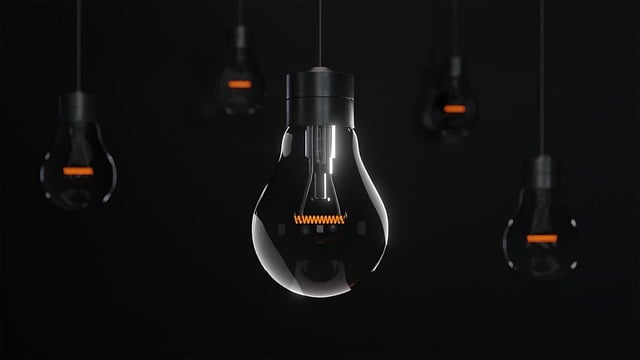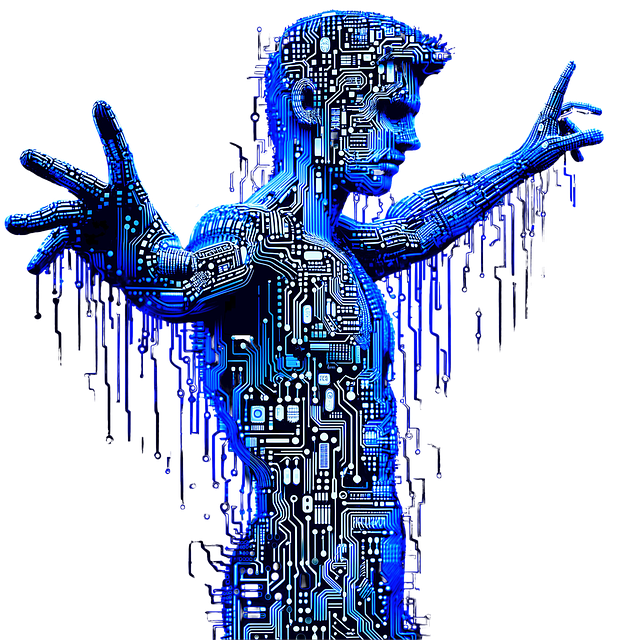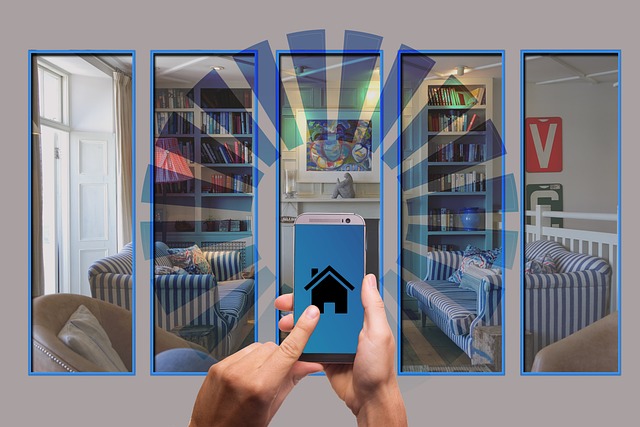The evolution of smart safety wearables is a leading future safety trend, leveraging AI and sensors for proactive user protection. Emerging products use smart fabrics to monitor vital signs and environmental factors, with biometric authentication offering unparalleled security through unique biological identifiers. 3D printing enables highly customizable protective gear tailored to individual needs, while advanced materials provide lightweight durability and comfort in demanding sectors. The Internet of Things (IoT) integrates smart home devices for continuous monitoring and location tracking, enhancing overall safety. Virtual Reality (VR) training immerses users in practice scenarios, complementing emerging safety products that transform protective gear into intelligent systems with real-time data and alerts, addressing both physical and psychological safety needs. These technological advancements are reshaping personal safety innovations, paving the way for a future where protection is proactive, integrated, and holistic.
The world of personal protection is evolving rapidly, driven by technological advancements. From smart wearables powered by AI and sensors to biometric authentication systems enhancing security globally, the future of protection gear promises unprecedented levels of safety. This article explores emerging safety products, delving into innovative technologies like 3D printing, advanced materials, IoT integration, and psychological safety measures. Discover how these personal safety innovations are shaping a safer future for all.
- Evolution of Smart Safety Wearables: Integrating AI and Sensors
- Biometric Authentication: Enhancing Personal Security at Home and Abroad
- 3D Printed Protective Gear: Customization and Rapid Prototyping
- Advanced Materials for Superior Protection: Lightweight and Durable Solutions
- Internet of Things (IoT) Integration: Smart Homes, Safe Lives
- Psychological Safety Measures: Virtual Reality Training and Preparedness
Evolution of Smart Safety Wearables: Integrating AI and Sensors

The evolution of smart safety wearables is a significant aspect of future safety trends, marking a substantial shift in personal safety innovations. These devices are no longer merely functional but have integrated advanced technologies like AI and sophisticated sensors to offer proactive protection. Emerging safety products are designed to detect potential hazards before they occur, providing real-time data to ensure the well-being of users. Safety product technology is becoming increasingly sophisticated, with smart fabrics embedded with sensors that can monitor vital signs, environmental factors, and even predict possible dangers based on patterns and AI algorithms.
The future of protection gear lies in its ability to adapt and learn from user behavior and surroundings. Personal safety developments are pushing the boundaries of traditional protective equipment, transforming them into intelligent devices that offer more than just basic safety. By harnessing the power of AI, these wearables can enhance situational awareness, provide timely warnings, and even facilitate efficient emergency responses, making them indispensable tools in today’s fast-paced world.
Biometric Authentication: Enhancing Personal Security at Home and Abroad

Biometric Authentication is poised to revolutionize personal security, offering unprecedented levels of protection both at home and abroad. This cutting-edge technology leverages unique biological identifiers like fingerprints, facial recognition, or iris scans to verify identity with unparalleled accuracy. As one of the future safety trends, biometric authentication goes beyond traditional passwords or pins, providing a robust defense against unauthorized access. Integrating this safety product technology into everyday items such as smartphones, smart locks, and security systems, personal safety innovations are becoming more accessible and effective.
Emerging safety products incorporating biometric authentication promise to enhance the future of protection gear significantly. By leveraging advanced safety product technology, individuals can enjoy peace of mind knowing their homes and personal belongings are secured with state-of-the-art defenses. These personal safety developments not only strengthen security but also foster a sense of confidence and convenience for users worldwide, ensuring that safety is more than just a concern—it’s a reality.
3D Printed Protective Gear: Customization and Rapid Prototyping

The future of personal protection gear is looking innovative and exciting, with 3D printing at the forefront of these developments. This technology offers unprecedented levels of customization, allowing manufacturers to create protective equipment tailored to individual users’ needs. From specialized helmets designed for extreme sports enthusiasts to advanced face masks with built-in air filtration systems, 3D printing enables rapid prototyping and customization on a scale never seen before.
This method of production reduces lead times and costs associated with traditional manufacturing processes, allowing safety product developers to bring their creations to market faster. With the ability to incorporate complex designs and materials, 3D-printed protective gear can offer enhanced performance, improved comfort, and better protection against specific hazards, catering to a diverse range of industries and applications in the ever-evolving landscape of personal safety innovations.
Advanced Materials for Superior Protection: Lightweight and Durable Solutions

The future of personal protection gear is set to be revolutionized by advanced materials that offer both lightweight and superior durability. As one of the leading trends in safety product technology, these innovative materials are designed to enhance comfort while maintaining robust protective capabilities. This is particularly significant in industries where workers require specialized equipment for their well-being, such as construction, healthcare, and law enforcement. By adopting lighter but stronger fabrics and composites, manufacturers can create protection gear that doesn’t compromise mobility or fatigue levels, leading to improved productivity and safety performance.
Emerging safety products are also expected to integrate smart technologies, enabling real-time monitoring and adaptive responses. These personal safety innovations leverage sensors and connected devices to detect potential hazards and alert users or emergency services promptly. This evolution in safety product technology promises to transform the way individuals approach their personal safety, offering proactive measures beyond traditional gear. Such developments underscore the ongoing commitment to enhancing human protection in an ever-changing world, driven by advancements in both material science and digital capabilities.
Internet of Things (IoT) Integration: Smart Homes, Safe Lives

The integration of the Internet of Things (IoT) is poised to revolutionize personal protection products and significantly enhance home security. Smart homes equipped with IoT devices offer a promising future for safety trends, enabling real-time monitoring and automated responses to potential threats. From smart locks that allow remote access and alert users of unauthorized entry to advanced security systems that learn household routines, these innovations are transforming how we perceive personal safety.
Emerging safety products leverage technology to provide proactive protection. For instance, IoT-connected cameras with artificial intelligence capabilities can detect unusual activities or recognize familiar faces, triggering alerts when needed. Moreover, wearable devices equipped with biometric sensors could offer continuous monitoring of vital signs and location tracking, ensuring peace of mind for users and their loved ones. These personal safety developments suggest a future where protection gear is not just reactive but proactive, seamlessly integrating into our daily lives and enhancing our overall security.
Psychological Safety Measures: Virtual Reality Training and Preparedness

As we move into a future driven by technological advancements, psychological safety measures are evolving to keep pace with emerging threats and challenges. Virtual Reality (VR) training is at the forefront of this revolution in personal safety innovations. By immersing individuals in simulated environments, VR allows for realistic practice scenarios that enhance preparedness and decision-making skills under stress. This technology offers a safe space to train for various situations, from public speaking to high-risk security operations, ensuring individuals are mentally equipped to handle real-world threats.
The integration of advanced safety product technology is transforming personal protection gear into intelligent, adaptive systems. Future safety trends suggest that protective equipment will be designed with built-in sensors and connected devices, providing real-time data and alerts for improved situational awareness. These emerging safety products will not only offer physical barriers but also incorporate psychological safeguards, such as integrated stress monitoring and mental health support features. This holistic approach to personal safety developments promises to revolutionize how individuals prepare for and respond to potentially dangerous situations.






